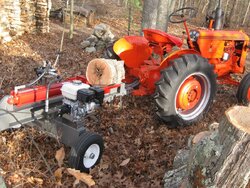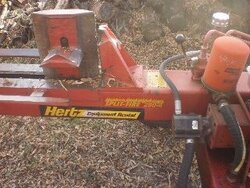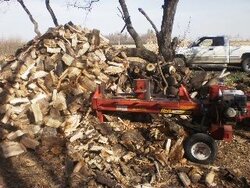hard aground said:
Try to buy one with a good commercial rated engine. Don't get caught up with tonnage. I went for a new Timberwolf with a Honda GX engine. A pricey thing but it is sure to outlast me.
How much did that T-wolf run you and which tonnage is it? I'd love to compare one to an Iron and Oak of the same rating...
FWIW those Honda GX engines have been recalled in the last two years. Also, their low oil cutoff switch is crap....But OTOH go cart racers have been buying the Harbor Freight 'greyhound' Honda clones and racing them well past their governed RPM. So the design must be solid overall. Glad I got one for $79 new in
the box. I'll repower a used splitter when/if it fails, and I got the 2 yr replacement warranty - no questions asked.
I'm just saying. The horizontal-shaft engines are all pretty good choices. The Briggs vanguards are just as reliable as anything else out there and more affordable. I'd rather concentrate on the hyraulics since that is what most people have trouble with first (unless they run it totally out of motor oil).
THe hydraulics on a splitter are the most important thing. I would say the way the wedge is built is the second-most.
I looked at the way the Huskee 22-ton wedge rides in the log channel and I'll pass. That's just asking for debris/rust/wear esp in the horizontal mode.
I also question not limiting the side to side travel of the cylinder. It also slops around more than any other splitter design I have seen.
Maybe that is a 'design feature' eh?






